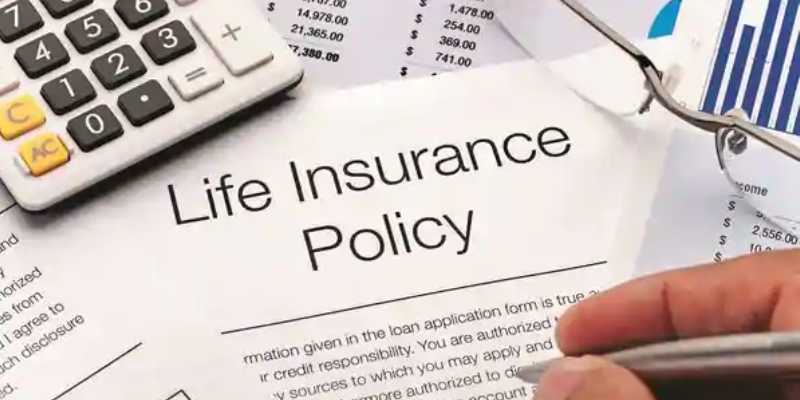
Electronic medical records are supposed to make healthcare more personalized, more convenient and more effective, but recent events show they may pose some very serious risks to patients, sometimes resulting in inaccurate diagnoses that could lead to poor outcomes and even death. Some errors have been so serious that they’ve led to malpractice suits that have settled for millions of dollars.
Errors occur for different reasons: First, matching records to the right patient can be problematic, even with a name and birthdate, since databases can be enormous. Many records are incomplete, including records only from certain providers, but leaving important gaps in care provided by healthcare providers that haven’t “gone digital.”
One of the most critical opportunities for error is in data entry. When systems are poorly designed or healthcare personnel are inadequately trained, serious errors can occur that can have a direct impact on the care you receive.
Incomplete records aren’t the only concern: The U.S. Department of Health and Human Services reports more than 1,000 health record data breaches have occurred since 2009, potentially exposing millions of consumers’ data to identity thieves.
Why are hackers so interested in medical records? Simple: Most records contain names, addresses, birthdates, social security numbers and more – a rich treasure trove of information that can be sold for top dollar. And research indicates that medical facilities and the healthcare industry at large are far behind when it comes to using robust security measures to protect your sensitive information.
Despite these inherent risks, electronic medical records aren’t going to go away; in fact, their use likely will become much more widespread and pervasive. In our next blog, learn what you can do to protect yourself.



